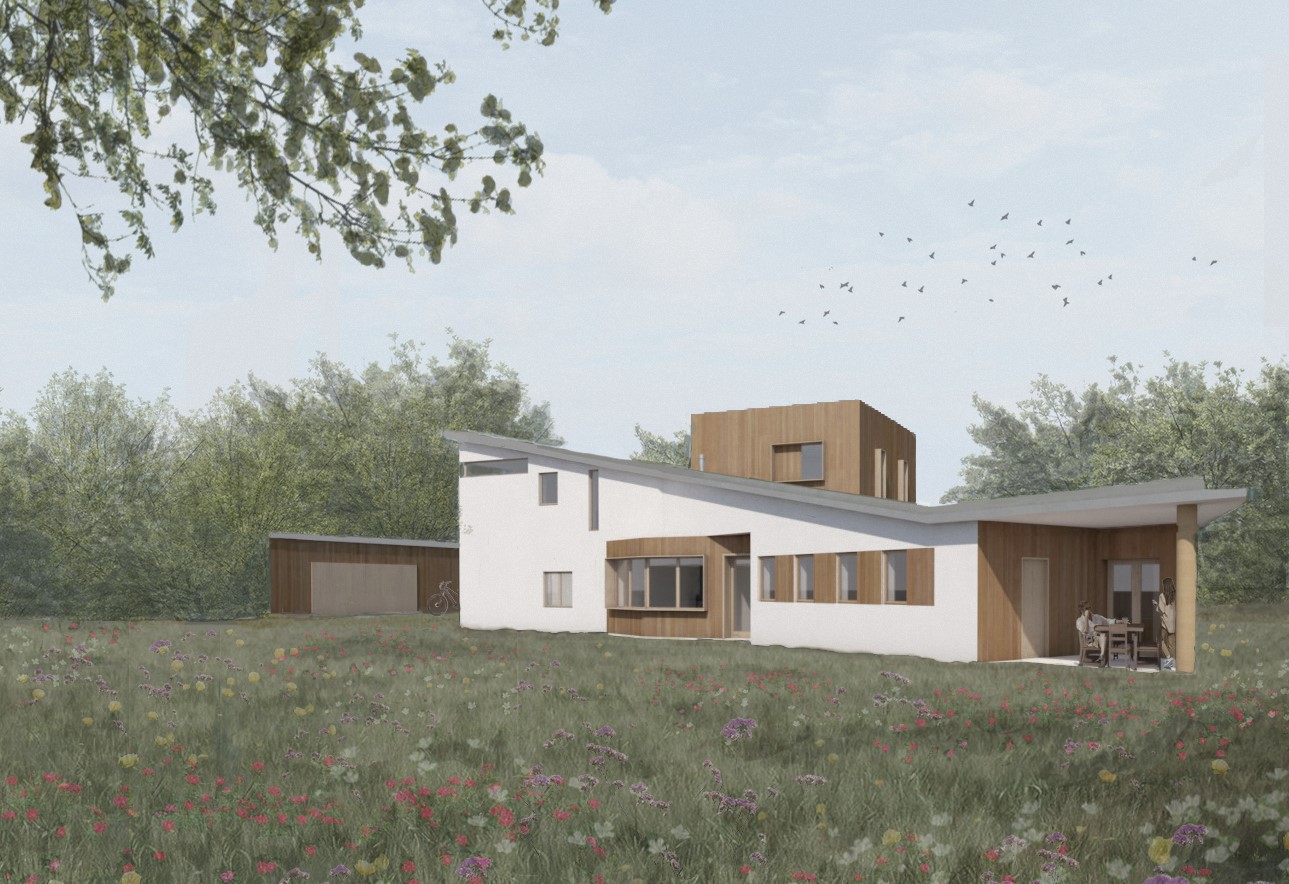Now the dust has settled a little it’s worth having a quick review of how new planning legislation, the National Planning Policy Framework (NPPF), appears now that it is in place. The notion that the NPPF was a charter for growth to rekindle house building has been scotched: there are much deeper reasons for that malaise. However what is clear is that there is a desire to devolve responsibility for the shaping of our communities from central government to the local level, with the proviso that planning for the future should be ‘sustainable’. It is all very admirable but will it enable local people to help shape their cities, towns and villages for the long-term public good? The measurement for the public good is sensible, if still a little vague, based on whether proposals are ‘sustainable’ socially, environmentally and economically. In other words resources should be sensibly used so that they should benefit communities in the long term. The NPPF has given some particular steer as to what this means: for example it puts town centres first in the assessment of where new retail premises should go and encourages the use of brown field sites. However in the end it is up to local authorities to propose what they deem as ‘sustainable’. This gives them a fantastic opportunity to plan imaginatively for the future. The NPPF has won praise for its emphasis on encouraging councils to demand high quality design. But where will the expertise to do this come from? There is no statutory requirement and to suggest that the occasional design review by people with design expertise can fulfil this role is mere sticking plaster. As part of the shift to local decision making neighbourhood plans are another great idea. Communities will be able to put further detail into what they would like to see on their doorsteps albeit with the framework of the local planning policy – but who will pay for and organise these? This will be a challenge and will naturally favour those who are well resourced and organised while the less well off and more needy communities could be disadvantaged. These processes also have to be sufficiently robust to counter local and central political influence. Local decision-making will tend to give politicians more opportunity to interfere to suit short-term gains and peddle their own politically driven policies whether anti or pro-growth. It happened with the previous system so to avoid this we need planning policies that stand up to scrutiny, are sustainable and are thought through. So in the end the successful implementation will come down to the willingness of local authorities to supply sufficient and appropriate resources. This is the rub: for local authorities are undergoing severe cutbacks and are not in a good position to provide the necessary expertise and exploit the opportunities. This is worrying. Anthony Hudson
Similar Journals

Retrofit Series: Building in Resilience
November 11, 2022Despite the unseasonably warm Autumn, the successive hikes to energy prices begin to hurt as we turn on our heating systems for the winter. Sadly, these prices are unlikely to abate over the coming years. The National Grid requires significant expansion to cope with the transition of fossil fuel
Continue reading
CobBauge House Awards Success
April 30, 2024We are thrilled to announce that our CobBauge House has won the Climate Action Award at the Norfolk Constructing Excellence Awards 2024! Katey, Sarah and Jack had a brilliant evening celebrating the achievements within the construction and built environment sector in Norfolk. Adding to the exciteme
Continue reading
Planning approval for replacement home
January 10, 2024We are delighted to have received planning approval for a replacement home in South Norfolk! Replacing a dated and inefficient bungalow, the new home is contemporary yet sympathetic to the local vernacular. We are proposing to construct the house from structural insulated panels (SIPS), with a grou
Continue reading